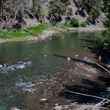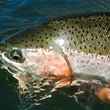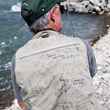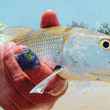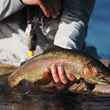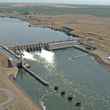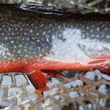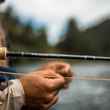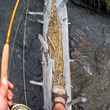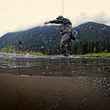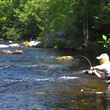RC Cone, the filmmaker that brought us Breathe -- a film that, through the lens of a month on some of Montana's greatest waters, reminds us why we go fishing -- has recently announced the release of his newest film, Tributaries. Tributaries travels the globe to some of fly fishing's greatest paradises: to the Bahamas in search of bonefish, to Argentina for big, beautiful Patagonian trout and to Iceland to chase elusive Atlantic salmon.
Like Breathe, Tributaries is about more than just fishing. Tributaries follows three guides as they make their way through their local waters and their local cultures and seeks to explore the commonalities shared by fly fishermen throughout the world. According to Cone, Tributaries is a continuation of the journey that started with Breathe, in which Cone explored what fly fishing meant to himself and anglers he met along the way in Montana. In Tributaries, Cone's goal was to look at the bigger picture.
"I wanted to explore the wider implications of fly fishing. How does our sport fit into the world? What is this worldwide community like? What are the differences and similarities on a global scale? Instead of a personal journey, I wanted to explore the world’s waters and the cultures that inhabit them," Cone said.



